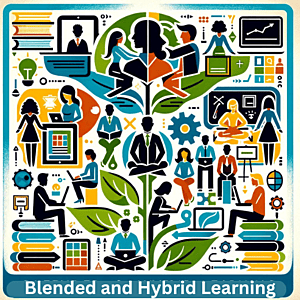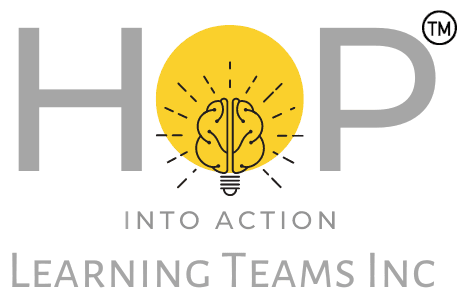
Applying the HOP lens for Worker Advocacy
Being an effective H&S Representative or Committee member takes more than training.
Worker Advocates need more than knowledge; we have identified six (6) capabilities that can support HSRs and HSCs in putting their role into everyday work practice. They are:

Problem-Solving
Being able to work with workers, unions and the organization together to find solutions that create "BetterWork" that is both sustainable, rewarding and safe.

Listening/Being Curious
Being a good listener is a key skill and allows you to work across the business by listening to the different views of workers, unions and managers.

Influencing
You may need to influence people from all across the business, including workers, unions, and managers.

Empathy
Understanding the wider context of people and their safety concerns.

Communicating
Being able to share stories, ideas and concerns in a way that is clear, realistic and without judgement.

Advocating
Being able to talk, explain, describe, and negotiate the interests, needs, concerns, and rights of workers. Speaking on behalf of others.

We have created a 12-month program to support, coach and mentor Worker Advocates to gain, apply, and sustain the six key capabilities using a capacity compass that applies 1) Storytelling and Curiosity, 2) Consolidating and Recognizing Knowledge, 3) Prioritizing Workloads and Setting Boundaries and 4) Integrating Worker Advocacy Practice into Everyday Work.

Storytelling and Curiosity

Consolidating and Recognising Knowledge (Reflection)

Prioritising Workloads and Setting Boundaries

Integrating Worker Advocacy Practice into Everyday Work



